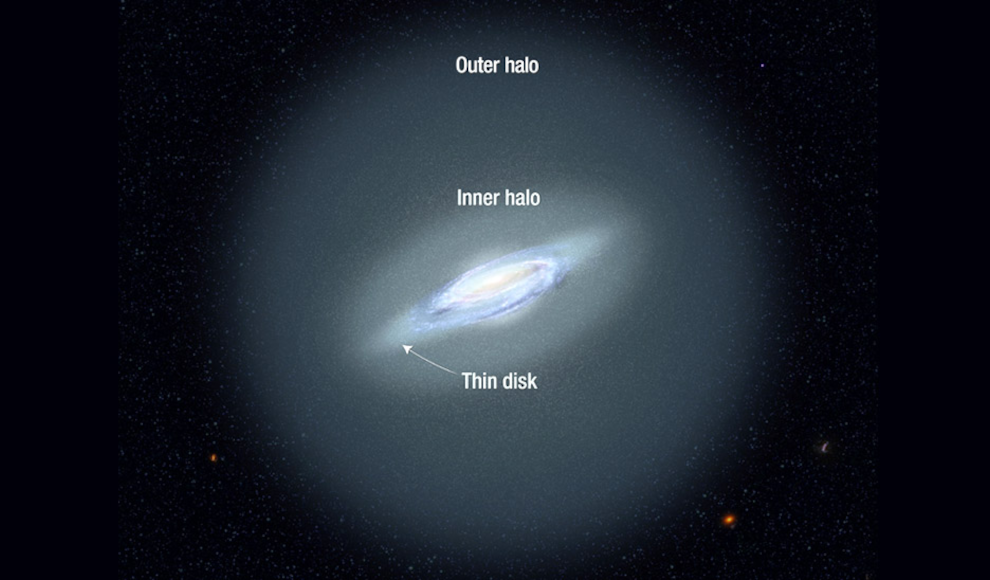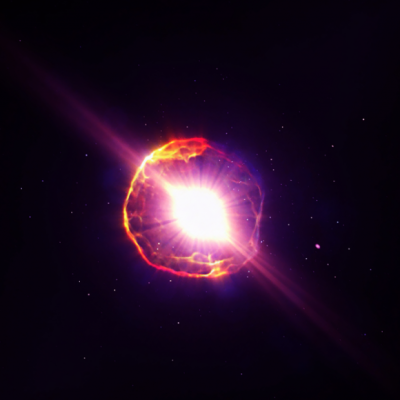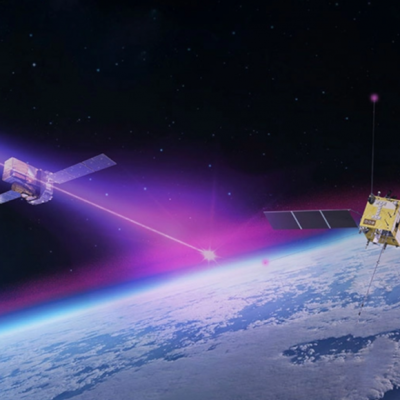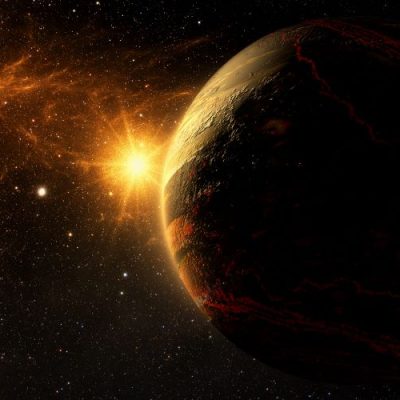In approximately four billion years, the Andromeda galaxy and the Milky Way will merge, according to calculations. Recent distance measurements show that the halos of the two galaxies are already touching. The Milky Way and Andromeda are both spiral galaxies with similar mass and size, and they are the largest members of our Local Group in the universe. Currently, there is a distance of about 2.5 million light-years between the two galaxies. However, astronomy has calculated that the Milky Way and Andromeda will merge in about four billion years.
Observations from 2020 showed that the ionized gas in the halo of the Andromeda galaxy extends further into space than previously thought. It is possible that the halo of the Andromeda galaxy is already touching the outer Milky Way. Astronomers from the University of California, Santa Cruz (UCSC), presented observational data at the 241st Meeting of the American Astronomical Society (AAS), showing that the halo of the Milky Way also extends further into the cosmos than previously thought.
The astronomers discovered this when they searched for RR Lyrae stars in a sky survey with the Canada-France-Hawaii Telescope. RR Lyrae stars are old giant stars that change their brightness in a regular rhythm. The brightness fluctuations are similar to an EKG and are, in a way, the pulse of our galaxy. The speed of the brightness fluctuations depends on the size and luminosity of the star. The UCSC astronomers were able to determine the distance of about 200 RR Lyrae stars in the outer region of the Milky Way with high accuracy. The distant RR Lyrae stars provide a good tool to check current models of the size and mass of our galaxy.
Previously, astronomy could only estimate the outer edge of the halo of the Milky Way with theoretical models. The halo is mainly made up of dark matter and the ionized gases of the galactic medium, making measurements difficult. The new measurements redefine the outer limits of our galaxy and show that the halo of the Milky Way reaches about half the distance to the Andromeda galaxy, with the halos of the two galaxies already touching.







-400x400.jpg)


